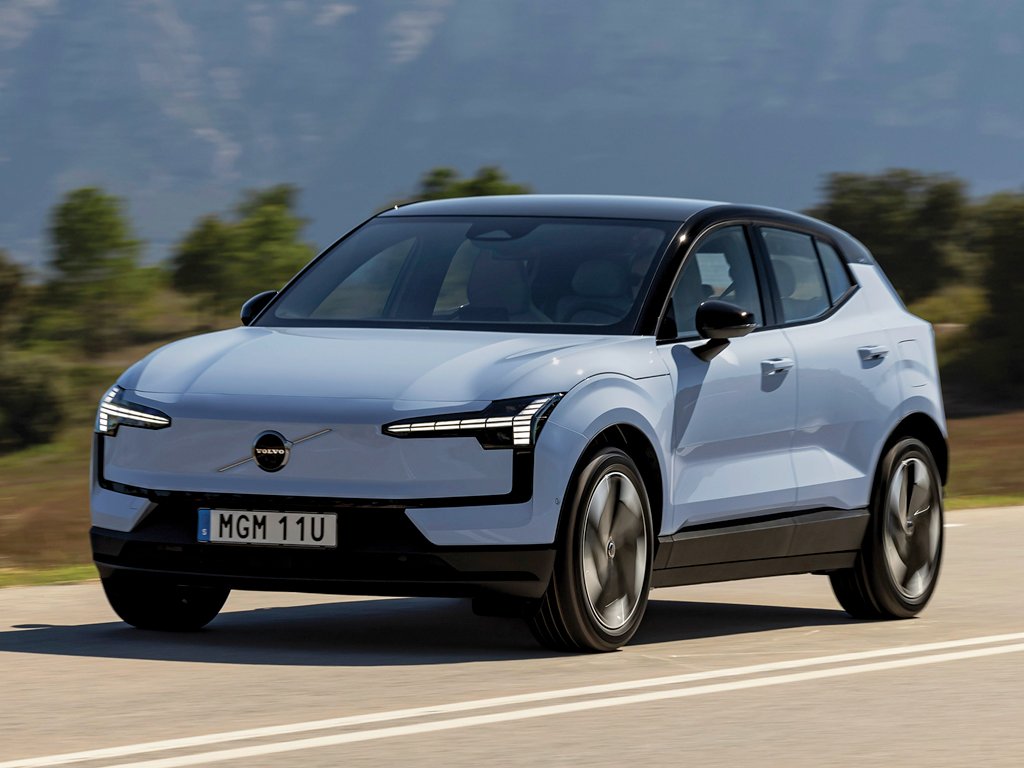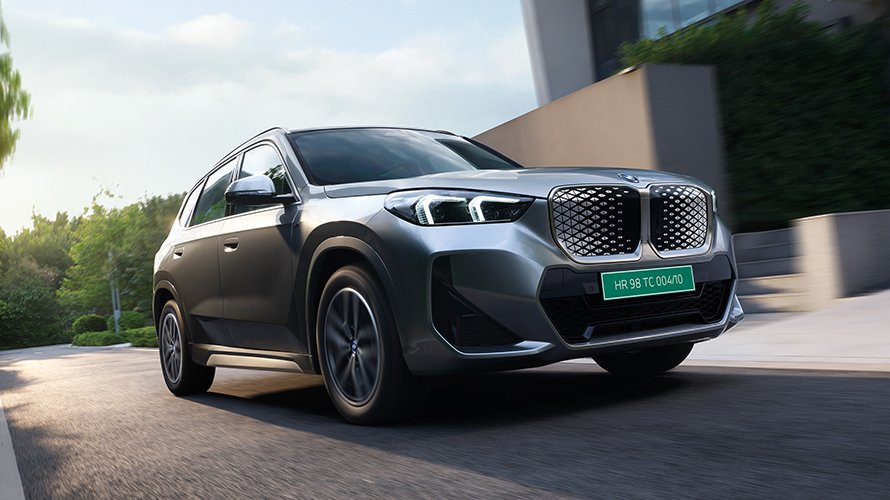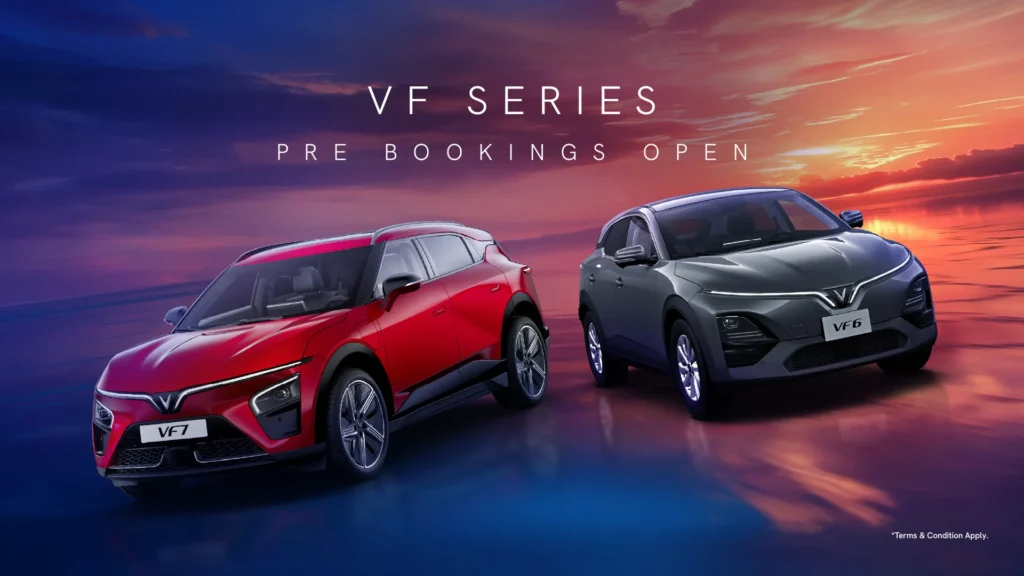Volvo Car India has officially entered the compact luxury EV segment with the launch of the EX30 SUV, its most affordable electric offering to date. Priced at an introductory ₹39.99 lakh (ex-showroom) for pre-bookings made before October 19, 2025, the EX30 jumps to ₹41 lakh post-deadline. This single-variant model, locally assembled at Volvo’s Hosakote plant near Bengaluru, marks a strategic push into India’s burgeoning premium EV market, where it undercuts rivals while delivering Scandinavian design, safety, and sustainability. Deliveries commence in the first week of November 2025, bundled with perks like a wallbox charger, 8-year/160,000km battery warranty, 3-year service package, and roadside assistance.
The EX30’s arrival aligns with India’s EV adoption surge, projected to hit 30% market share by 2030, and Volvo’s goal to electrify its entire lineup by 2030. Assembled via CKD (completely knocked down) kits from China, local production helps Volvo maintain competitive pricing and quicker delivery timelines compared to fully imported rivals. With a claimed WLTP range of 480km, it’s tailored for urban commuters and highway jaunts, promising real-world efficiency of 350-400km in Indian conditions.
Design: Compact Crossover with Signature Volvo Flair
At 4,233mm long, 1,837mm wide, and 1,555mm tall—with a 2,650mm wheelbase—the EX30 slots below the XC40 Recharge as Volvo’s smallest SUV, boasting a more crossover-like stance than the upright EX40. It shares a clear family resemblance with the flagship EX90, featuring a seamless closed-off grille and the iconic ‘Thor’s Hammer’ LED headlights with active high beam assist for superior night visibility.
The India-spec model rolls on standard 19-inch 5-spoke aero wheels, optimized for range, and offers five color choices: Fusion Black, Vapour Grey, Sandstone, Crystal White Pearl, and Mosskit Green—catering to buyers seeking subtle luxury. Practicality shines with 318 liters of boot space (expandable via 60:40 split-folding rear seats) and a handy 7-liter frunk for cables or small essentials. Ground clearance stands at a respectable 170mm, suitable for India’s varied roads.
Powertrain and Performance: Punchy Single-Motor Setup
The EX30 debuts in India as the Single Motor Extended Range variant, powered by a rear-mounted electric motor producing 272hp and 343Nm of torque from a 69kWh NMC lithium-ion battery. Rear-wheel drive ensures agile handling, with a 0-100km/h sprint in 5.3 seconds and a top speed electronically capped at 180km/h—making it Volvo’s quickest-accelerating model yet. Efficiency is a highlight, with Volvo claiming 480km on the WLTP cycle, though expect 350-400km in real-world mixed driving due to traffic and heat. Charging is brisk: 10-80% in 28 minutes via a 175kW DC fast charger, or full top-up overnight with the included 11kW AC wallbox. One-pedal driving and regenerative braking enhance urban usability, while the 5G-enabled system supports over-the-air updates for seamless improvements.
Interior and Features: Tech-Laden Minimalism
Step inside the EX30’s cabin, and you’re greeted by Volvo’s hallmark minimalism, crafted with sustainable materials like recycled plastics (17%), steel (17%), and aluminum (25%)—boasting the lowest carbon footprint in Volvo’s lineup at 30 tonnes over 200,000km. The Nordico upholstery blends recycled PET bottles with bio-attributed wool, underscoring eco-conscious luxury.A single 12.3-inch central touchscreen runs the Google-built-in infotainment, integrating maps, wireless Apple CarPlay, wired Android Auto, and a Reno AI assistant for voice commands.
Ambient lighting offers five themes, complemented by a fixed panoramic sunroof, dual-zone climate control, heated steering wheel, powered front seats with four-way lumbar support, and wireless charging.Audio enthusiasts rejoice with the 9-speaker (or optional Harman Kardon) soundbar setup near the windshield, delivering immersive clarity without traditional door speakers. An NFC key adds quirky convenience—just tap your phone to unlock and start.
Safety: Volvo’s Unwavering Commitment
True to its heritage, the EX30 earns a 5-star Euro NCAP rating, fortified by seven airbags, electronic stability control, and a suite of Level 2 ADAS features: adaptive cruise control, blind-spot monitoring, lane keep assist, autonomous emergency braking (with cyclist/motorcyclist detection), 360-degree camera, park assist, and rear radar alerts for approaching traffic Whiplash protection, seatbelt pre-tensioners, and tyre pressure monitoring round out the arsenal, making it a fortress on wheels.
Rivals and Market Positioning
At ₹39.99-41 lakh, the EX30 disrupts the premium EV SUV space, undercutting the BMW iX1 (₹49 lakh) while matching its 66.4kWh battery and 531km range in spirit. It also eyes the Hyundai Ioniq 5 (₹46 lakh) and BYD Sealion 7, offering superior build and safety at a value edge.
| Model | Price (Ex-Showroom) | Battery/Range (WLTP) | Power (hp) | 0-100km/h (sec) |
|---|---|---|---|---|
| Volvo EX30 | ₹39.99-41 lakh | 69kWh/480km | 272 | 5.3 |
| BMW iX1 | ₹49 lakh | 66.4kWh/531km | 204 | 8.6 |
| Hyundai Ioniq 5 | ₹46 lakh | 72.6kWh/631km | 215 | 8.5 |
The EX30’s compact footprint and instant torque make it ideal for city dwellers, though its 318-liter boot may limit family hauls compared to larger rivals.
Conclusion:
Volvo’s Gateway to Accessible ElectrificationThe EX30 isn’t just Volvo’s entry-level EV—it’s a bold statement on premium, sustainable mobility tailored for India. With local assembly ensuring affordability, a punchy powertrain, and class-leading safety, it bridges Volvo’s luxury ethos with everyday practicality. As deliveries kick off in November, early bookers stand to gain the most from this festive-timed launch. In a market craving green sophistication, the EX30 could accelerate Volvo’s EV sales, proving that small packages can deliver big thrills. If you’re eyeing a compact EV with heart (and a hammer), this Swede is worth the wait.



